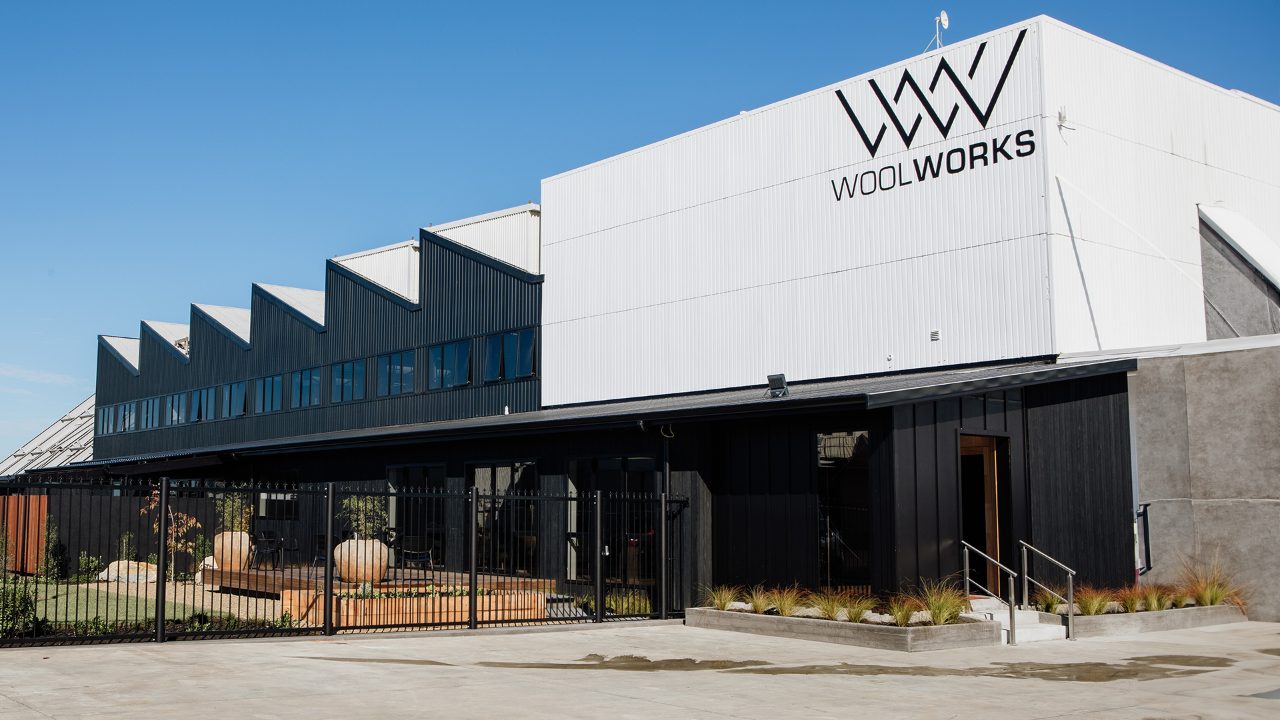New Zealand's wool sector is celebrating a significant victory as WoolWorks' Awatoto wool-scouring facility in Napier returns to full operations after a tumultuous period following Cyclone Gabrielle.
The cyclone, which struck in February 2023, wreaked havoc on the plant, causing extensive damage to its infrastructure and equipment.
The aftermath of Cyclone Gabrielle saw the facility submerged under two-meter-high floodwaters, with silt inundating the premises, leading to the destruction of crucial machinery including the entire wool sorting operation and scour feed. The recovery process was arduous, with repairs lasting almost a year and incurring substantial costs. Despite the challenges, WoolWorks remained resolute in its commitment to revitalising the facility.
The Hon. Mark Patterson, Minister for Rural Communities and Associate Minister of Agriculture, marked the facility's reopening with a ceremonial ribbon-cutting ceremony, attended by over 200 guests on Monday, April 22.
Nigel Hales, President of WoolWorks, emphasised the significance of the facility, stating, "Awatoto is the largest wool scouring plant in the country and a very important resource for farmers, the wool sector, and the region, so we are delighted to have it back up and running."
Acknowledging the challenges faced by wool growers amidst fluctuating prices, Hales expressed optimism about the future of the wool industry. He emphasised WoolWorks' dedication to supporting New Zealand's primary sector through continued investment in research, development, and manufacturing partnerships, aiming to position wool as a sustainable and sought-after material globally.
The rebuild of the Awatoto facility wasn't just about restoring what was lost; it was an opportunity to enhance its resilience for the future. Significant upgrades were made, including raising main electrical boards to over three meters in height, reinforcing them with a 120-minute fire protection rating, and, in some cases, meeting Force 10 earthquake-proof standards.
Looking ahead, WoolWorks has outlined plans for further sustainability initiatives, including a decarbonization program to reduce emissions and exploring renewable energy sources such as solar, micro wind turbines, and micro hydro-electro generation units.
Processing up to a staggering 107 million greasy kilograms of wool annually, WoolWorks stands as the largest early-stage wool processor globally. Despite the setbacks caused by Cyclone Gabrielle, the facility's successful recovery underscores the resilience of New Zealand's wool sector and its unwavering commitment to sustainability and innovation.
In the face of adversity, WoolWorks has emerged stronger, poised to continue its vital role in supporting local farmers, driving innovation in the wool industry, and contributing to New Zealand's economy.











